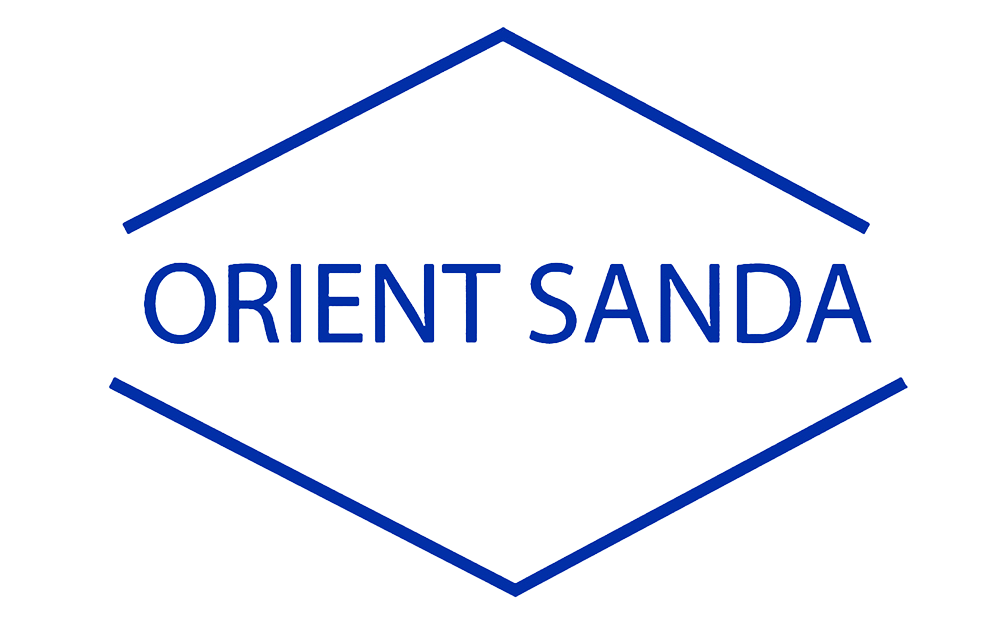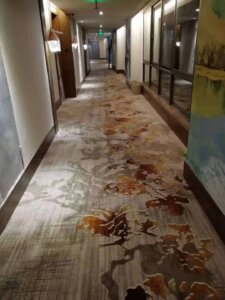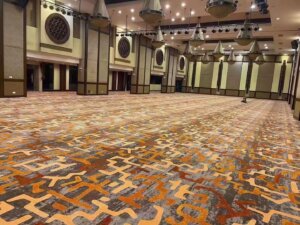Introduction
Choosing the best commercial carpet for high-traffic areas is a crucial decision for businesses, as flooring plays a key role in both aesthetics and durability. In environments like office buildings, hotels, retail stores, and healthcare facilities, carpets must withstand heavy foot traffic while maintaining their visual appeal and functionality.
This guide explores the best types of commercial carpets, key considerations when selecting a carpet, and how to maintain longevity. By the end, you will have a clear understanding of which commercial carpet suits your business needs best.
Key Considerations for High-Traffic Commercial Carpets
When selecting the best commercial carpet for high-traffic areas, several factors should be considered:
1. Durability
The carpet must be able to withstand heavy foot traffic without wearing out quickly.
Look for materials known for their resilience, such as nylon or solution-dyed fibers.
2. Stain & Soil Resistance
In high-traffic areas, carpets are prone to spills and dirt accumulation.
Carpets with stain-resistant coatings or low-pile construction can reduce maintenance efforts.
3. Ease of Maintenance
Commercial carpets should be easy to clean and maintain.
Consider carpet tiles or modular carpets, which allow for spot replacement if damage occurs.
4. Comfort & Safety
A non-slip surface is essential in workplaces and commercial settings.
Some carpets come with padded backings for extra comfort and noise reduction.
5. Aesthetic Appeal
A visually appealing carpet enhances the ambiance of a space.
Choose colors and patterns that complement the interior design while hiding dirt and stains effectively.
6. Cost-Effectiveness
Balancing budget and quality is essential.
Opt for carpets with long lifespans and manufacturer warranties to maximize investment.
Top Commercial Carpet Types for High-Traffic Areas
1. Nylon Carpets
Nylon is widely regarded as one of the best commercial carpets for high-traffic areas due to its exceptional durability and resistance to wear and tear.
Features:
High resilience and elasticity
Stain-resistant when treated
Retains appearance for longer periods
Best for:
Office buildings, hotels, retail stores, and education institutions
Pros:
Long lifespan
Easy to clean and maintain
Ideal for high-traffic areas
Cons:
Can be more expensive than other synthetic options
2. Olefin (Polypropylene) Carpets
Olefin carpets are valued for their moisture resistance and affordability. They are commonly used in places prone to spills and moisture exposure.
Features:
Resists mildew, mold, and moisture
Lightweight and cost-effective
Best for:
Restaurants, healthcare facilities, and hospitality spaces
Pros:
Budget-friendly
Good stain resistance
Fade-resistant
Cons:
Less durable than nylon
Can flatten under heavy traffic
3. Wool Carpets
Wool is a premium carpet choice known for its luxury and durability. While it is more expensive, it offers natural resilience and an eco-friendly appeal.
Features:
Natural fiber with a soft texture
Resistant to staining and flames
Best for:
High-end hotels, executive offices, and luxury commercial spaces
Pros:
Naturally stain-resistant
Soft and comfortable
Biodegradable and eco-friendly
Cons:
Expensive
Requires professional maintenance
4. Polyester Carpets
Polyester carpets are well known for their vibrant color retention and soft feel, making them ideal for areas with moderate traffic.
Features:
Stain-resistant synthetic fiber
Luxurious feel underfoot
Best for:
Low to medium-traffic commercial spaces, such as conference rooms and lobbies
Pros:
Affordable pricing
Eco-friendly options available
Resists fading and stains
Cons:
Less durable than nylon
Can flatten in very high-traffic areas
5. Carpet Tiles (Modular Carpets)
Carpet tiles, also known as modular carpets, are one of the best options for high-traffic areas due to their flexibility and ease of replacement.
Features:
Easy to install and replace
Highly durable and customizable
Best for:
Airports, schools, corporate offices, and commercial lobbies
Pros:
Convenient for repairs (replace individual tiles instead of whole carpets)
Variety of colors and patterns
Cost-effective in the long run
Cons:
Individual tiles may wear out faster in extreme high-traffic areas
Additional Carpet Features to Consider
1. Pile Type
Loop pile carpets (e.g., Berber) are more resistant to crushing, making them ideal for heavy foot traffic.
Cut pile carpets offer a softer feel but can wear down faster.
2. Backing Materials
A strong backing helps prevent the carpet from stretching or shifting. Look for high-density backings for added durability.
3. Anti-Microbial Treatments
Ideal for healthcare and hospitality industries, these treatments prevent bacteria growth and improve hygiene.
4. Color & Pattern Selection
Dark and multi-colored patterns help conceal dirt and stains in high-traffic areas.
Best Maintenance Practices for Longevity
Proper maintenance ensures that commercial carpets last longer and remain in pristine condition. Here are some essential maintenance tips:
1. Regular Vacuuming & Deep Cleaning
Daily vacuuming prevents dirt from embedding into fibers.
Professional deep cleaning should be scheduled at least once every 6–12 months.
2. Spot Cleaning Techniques
Address spills immediately using appropriate cleaning solutions.
Avoid excessive moisture to prevent mold growth.
3. Preventative Measures
Entrance mats: Reduce the amount of dirt brought inside.
Furniture pads: Prevent indentations and wear patterns.
Carpet rotation: Extends lifespan by evenly distributing wear.
Conclusion
Selecting the best commercial carpet for high-traffic areas requires careful consideration of durability, maintenance, aesthetics, and cost. Nylon and carpet tiles are among the most recommended options for their resilience and ease of replacement. Olefin, wool, and polyester also offer various benefits, depending on your business’s specific needs.
By choosing a high-quality carpet and implementing proper maintenance practices, businesses can enhance both the appearance and functionality of their commercial spaces.




